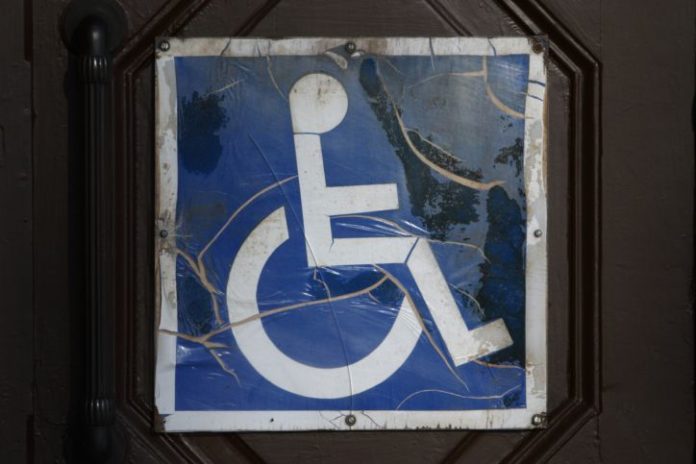Children with disabilities are almost four times more likely to experience violence than non-disabled children, according to a review commissioned by WHO and published today in the medical journal The Lancet.
Key findings
Findings from the review indicate that children with disabilities are:
- 3.7 times more likely than non-disabled children to be victims of any sort of violence;
- 3.6 times more likely to be victims of physical violence; and
- 2.9 times more likely to be victims of sexual violence.
Children with disability associated with mental illness or intellectual impairments appear to be among the most vulnerable, with 4.6 times the risk of sexual violence compared with their non-disabled peers.
Risk factors
Factors which place children with disabilities at higher risk of violence include stigma, discrimination, and ignorance about disability, as well as a lack of social support for those who care for them. Placement of children with disabilities in institutions also increases their vulnerability to violence. In these settings and elsewhere, children with communication impairments are hampered in their ability to disclose abusive experiences.
“The results of this review prove that children with disabilities are disproportionately vulnerable to violence, and their needs have been neglected for far too long,” notes Dr Etienne Krug, Director of WHO’s Department of Violence and Injury Prevention and Disability. “We know that specific strategies exist to prevent violence and mitigate its consequences. We now need to determine if these also work for children with disabilities. An agenda needs to be set for action”.
Strongest available evidence to date
The review provides the strongest available evidence on violence against children with disabilities. The 17 studies included reflect data from 18,374 children with disabilities from high-income countries– Finland, France, Israel, Spain, Sweden, the United Kingdom, and the United States– underscoring the urgent need for high-quality research in low-income and middle-income countries.
Prevention measures
Certain nurse home-visiting programmes for children at risk of violence and trainings to improve parenting skills have been shown to work to prevent violence against non-disabled children. These and other promising measures outlined in WHO’s Preventing child maltreatment and Violence prevention: the evidence should be implemented for children with disabilities, and their effectiveness evaluated as a matter of priority.
The United Nations Convention on the Rights of Persons with Disabilities reinforces the need to protect the rights of children with disabilities and ensure their full and equal participation in society. This includes avoiding the adverse experiences resulting from violence in childhood which are known to have a wide range of detrimental consequences for health and well-being later in life. When prevention fails, care and support for children who are victims of violence are vital to their recovery.
The WHO/World Bank World report on disability outlines what works in improving health and social participation of children with disabilities and promotes deinstitutionalisation. For children with disabilities who are currently placed away from home, strengthening their care and protection by tackling institutional cultures and structures that exacerbate the risk of violence is an imperative.
“The impact of a child’s disability on their quality of life is very much dependent on the way other individuals treat them,” stresses Dr Mark Bellis, Director of the Centre for Public Health at Liverpool John Moores University, a WHO Collaborating Centre for Violence Prevention, and lead researcher on the review. “It is the duty of government and civil society to ensure that such victimization is exposed and prevented.”
Source: World Health Organisation











